- You cannot add "Atropine sulphate 1% eye drops 5 ml." to the cart because the product is out of stock.
Description
The instruction for medical use of Glaumaks Torgovye medicine names of Glaumaks the International unlicensed name Dorzolamid Lekarstvennaya the Drop form eye 20 mg/ml, 5 ml Structure of 1 ml of drug contains active agent: dorzolamid – 20.0 mg (in the form of a dorzolamid of a hydrochloride of 22.27 mg), excipients: Mannitolum, hydroxyethylcellulose, sodium citrate, a benzalkoniya chloride, sodium hydroxide, water purified. The description Transparent, colourless or almost colourless solution, without visible particles. Pharmacotherapeutic group Protivoglaukomny drugs and miotik. Karboangidraza inhibitors. Dorzolamid. The ATX S01EC03 code the Pharmacological Pharmacokinetics At properties topical administration dorzolamid gets into a system blood stream. At prolonged use dorzolamid collects in erythrocytes as a result of selection binding from karboangidrazy the II type, maintaining extremely low concentration of free drug in blood plasma. Dorzolamid is metabolized with formation of the only thing of N-dezetilirovannogo of a metabolite which inhibits a karboangidraza of the II type in comparison with less actively not changed dorzolamidy, however, at the same time, is capable to inhibit a karboangidraza of the I type. The metabolite is also capable to collect in erythrocytes where contacts, mainly, karboangidrazy the I type. Communication of a dorzolamid with proteins of blood plasma makes about 33%. Dorzolamid is brought by kidneys in not changed look, and also in the form of a metabolite. After drug withdrawal dorzolamid it is not linearly washed away from erythrocytes that at first leads to fast decrease in its concentration, further removal slows down. Elimination half-life (T ½) makes about 4 months. The pharmacodynamics Dorzolamid is protivoglaukomny means, selectively inhibits a karboangidraza of the II type. The inhibition of a karboangidraza of a ciliary body leads to decrease in secretion of intraocular liquid due to delay of formation of bicarbonate ions that in turn leads to delay of transport of ions of sodium (Na+) and water. After topical administration of oftalmolgichesky solution of a dorzolamid (20 mg/ml) the increased intraocular pressure which is a major factor of risk in pathogenesis of injury of an optic nerve and glaukomatozny deterioration in visual functions (loss of fields of vision) decreases. Does not cause an accommodation spasm, a miosis, a hemeralopia. Indications – the increased intraocular pressure (oftalmogipertenziya) – an open angle glaucoma (including pseudo-exfoliative glaucoma and other types of a secondary open angle glaucoma) the Route of administration and doses Only for topical administration. Konjyunktivalno. At monotherapy: On 1 drop of Glaumaks in a conjunctive bag of the affected eye 3 times a day. In a combination with beta blockers for topical administration: On 1 drop of Glaumaks in a conjunctive bag of the affected eye 2 times a day. At simultaneous use of other local ophthalmologic means the interval between instillations has to be not less than 10 minutes. At Glaumaks’s appointment as replacement of other protivoglaukomny ophthalmologic drug, the last should be cancelled a day before the beginning of therapy by Glaumaks. Before use of medicine it is necessary to wash up carefully hands, it is necessary to avoid contact of the pipette with eyes and surrounding objects. At misuse the bottle can be infected and to become the reason of infectious damages of an eye and the subsequent loss of sight. Side effects Very often (≥ 1/10) – the shchipaniye, burning of eyes after installation Is frequent (≥ 1/100, & lt, 1/10) – a superficial dot keratitis, lachrymation, conjunctivitis, inflammation a century, an itching of eyes, irritation a century, the obscured sight – a headache – nausea and bitter smack in a mouth – asthenia/fatigue Infrequently (≥ 1/1,000, & lt, 1/100) – an iridocyclitis Seldom (≥ 1/10,000, & lt, 1/1,000) – reddening of eyes, eye pain, crusting during a century, the tranzitorny shortsightedness (passing after drug withdrawal), cornea hypostasis, eye hypotonia, amotio of a retina at patients after antiglaukomatozny operations – dizzinesses, paresthesias – nasal bleeding – irritation of a throat, dryness in a mouth – contact dermatitis – an urolithiasis – signs and symptoms of hypersensitivity: local manifestations – palpebral reactions, system reactions – a Quincke’s disease, a small tortoiseshell, an itching, rash, an anaphylaxis and seldom the Contraindication bronchospasm – hypersensitivity to drug components – chronic kidney disease (clearance of creatinine less than 30 ml/min.) – giperkhloremichesky acidosis – pregnancy and the period of a lactation Medicinal interactions Protivoglaukomny medicines (beta blockers, pilocarpine, dipivefrin, karbakhol) strengthen Glaumaks’s action. At simultaneous use with acetazoleamide the risk of development of system side effects increases. Strengthening of toxicity at reception of high doses of acetylsalicylic acid is possible. Special instructions of Dorzolamid the hydrochloride is streptocide and, despite topical administration, is exposed to system absorption. In this regard, at use of a dorzolamid in the form of eye drops there can be side reactions characteristic of streptocides. At emergence of serious side reactions or at manifestation of hypersensitivity the use should be stopped. Use of ophthalmologic solution of a dorzolamid (20 mg/ml) for patients with a bad attack of closed-angle glaucoma was not studied. It is necessary to use with care ophthalmologic solution of a dorzolamid (20 mg/ml) at the patients having the low density of endothelial cells of a cornea of an eye and/or transferred surgical intervention to eyes as at this category of patients the likelihood of developing hypostasis of a cornea and an irreversible decompensation of a cornea is raised. Features of use for patients with a heavy renal failure (creatinine Cl less than 30 ml/min.) are not defined. As dorzolamid (as well as its metabolite) it is removed mainly through kidneys, it is not recommended to appoint it in this pathology. Features of use for patients with an abnormal liver function are not defined (it is necessary to use with care). In clinical trials at long use of ophthalmologic solution of a dorzolamid (20 mg/ml) it was reported about development of local side effects, mainly, of conjunctivitis and reactions from a century. Many of these reactions had clinical manifestations and a course as allergic and took place after drug withdrawal. At emergence of such reactions drug it is necessary to cancel and carry out the assessment of a condition of the patient before therapy resuming. Dorzalamid is karboangidraza inhibitor for topical administration which can be exposed to system absorption therefore patients with an urolithiasis in the anamnesis can have an increased risk of emergence of an urolithiasis. The composition of ophthalmologic solution of a dorzolamid (20 mg/ml) includes preservative a benzalkoniya chloride which can be absorbed by soft contact lenses and have the damaging effect on eye tissues. Therefore the patients carrying soft contact lenses should remove them before use of drops and to establish back not earlier than in 15 min. after burying. Can change color of soft contact lenses. Use in pediatrics Medicine is not recommended to children and teenagers up to 18 years in view of lack of data on safety and efficiency (experience of medical use at children is limited). Use at pregnancy and in the period of a lactation Adequate and strictly controlled researches of safety of use for pregnant women were not conducted. Use at pregnancy is possible if the expected effect of therapy exceeds potential risk for a fruit. Category of action on a fruit on FDA — C. It is unknown whether gets dorzolamid to breast milk therefore during drug use the feeding women should stop breastfeeding. Features of influence of medicine on ability to run the vehicle or potentially dangerous mechanisms As drug can cause dizzinesses and visual disturbances during treatment it is necessary to avoid potentially dangerous types of activity connected with need of concentration of attention and the increased speed of psychomotor reactions. Overdose Symptoms: disturbance of electrolytic balance, development of acidosis, disturbance from the central nervous system. Treatment: symptomatic, monitoring of level of electrolytes (especially potassium) in blood and control of size rn is necessary for blood. At accidental and deliberate overdose it is necessary to see a doctor. The form of release and packing On 5 ml of drug place in a plastic bottle with a stopper dropper and the screwing-up protective cap supplied with a safety ring. On 1 bottle together with the instruction for use in the state and Russian languages put in a pack from cardboard. To Store storage conditions at a temperature not over 30 ºС, in the place protected from light. To store out of children’s reach! Period of storage 2 years. The use period after opening of a bottle – within 4 weeks. Not to apply after an expiration date. Prescription status According to the prescription the Producer the Name and the country of the JSC YaDRAN manufacturing organization Galenski of Laboratories, Svilno 20, 51000 Rijeka, Croatia the Name and the country of the owner of the registration certificate of JSC Yadran Galenski of Laboratories, Croatia the Name and the country of the JSC Yadran organization packer Galenski of Laboratories, Croatia in Republic of Kazakhstan, Almaty, Zhamakayev St., 126
to Develop the Address of the organization accepting in the territory of the Republic of Kazakhstan claims from consumers on quality of products (goods) Representative office of JSC Yadran Galenski of Laboratories
Additional information
| Ingredient |
|---|





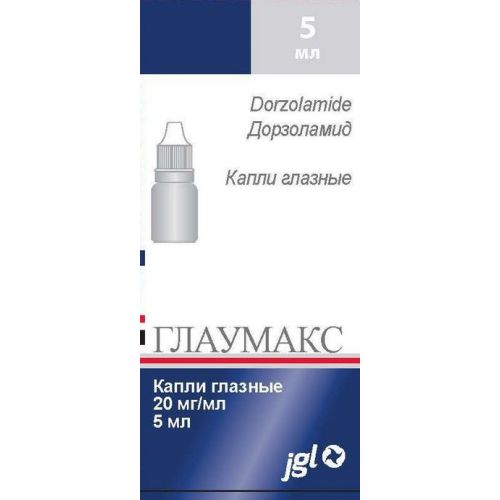
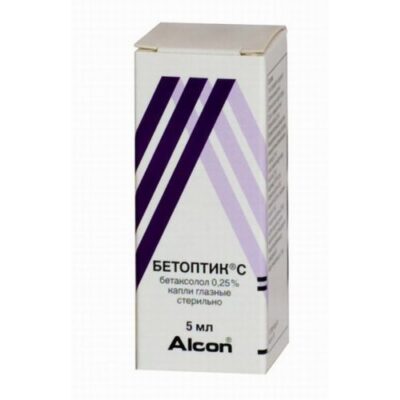
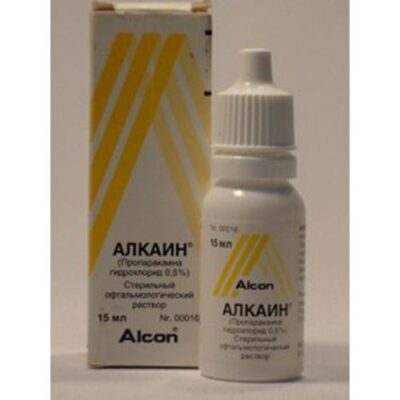
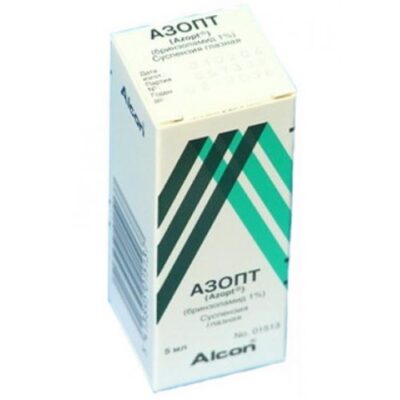
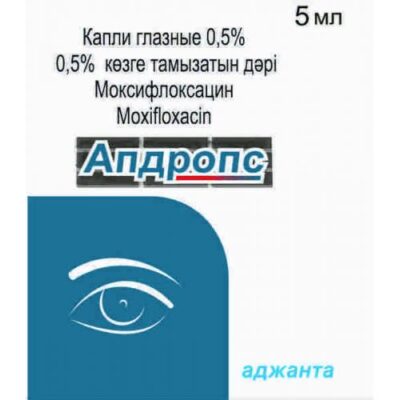
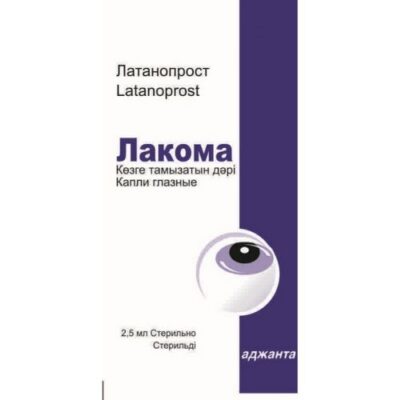
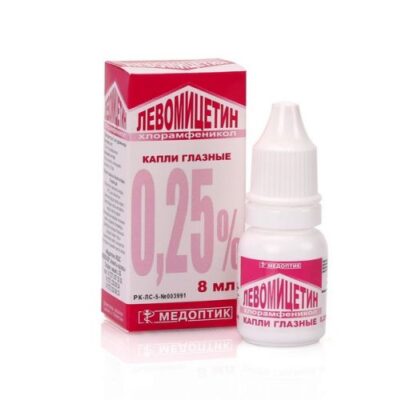
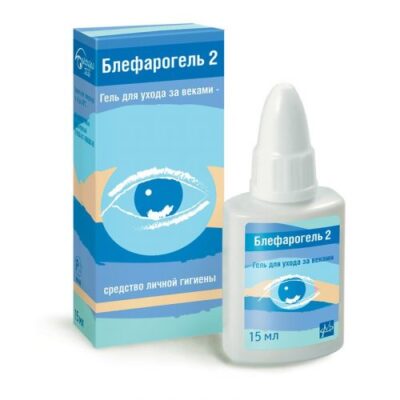
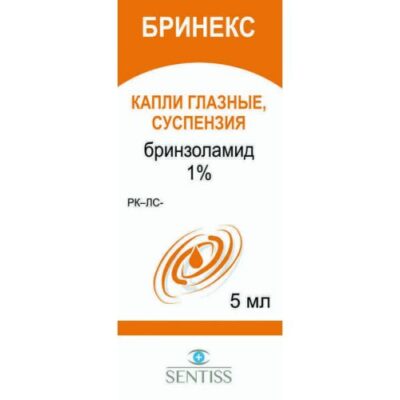
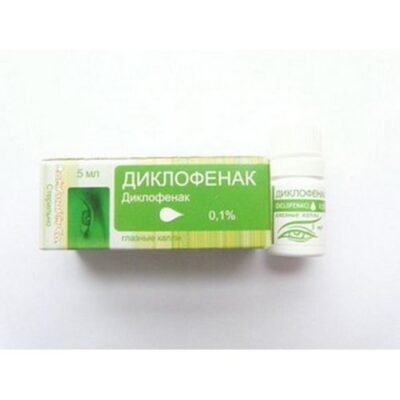
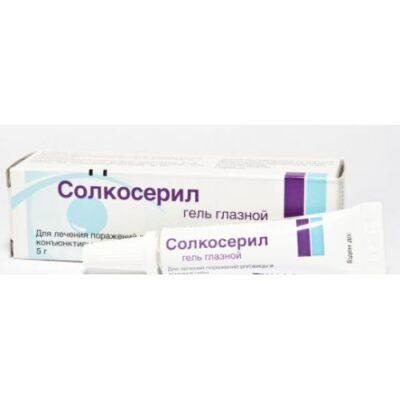






Reviews
There are no reviews yet.